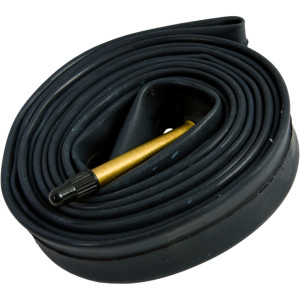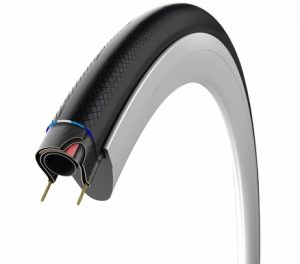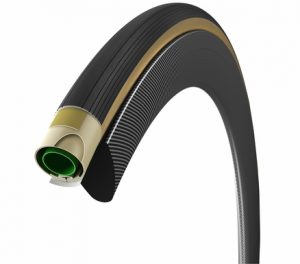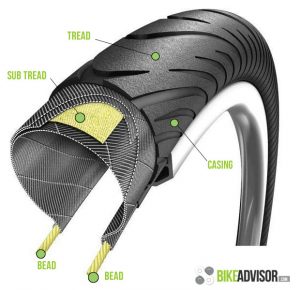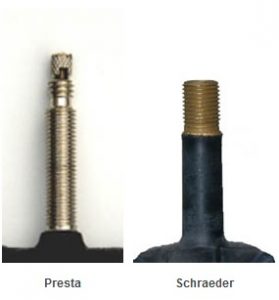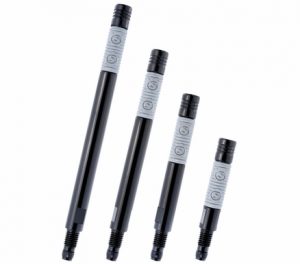Written by Nate Deck, TriSports Champion Team Athlete
Bike tubes are sometimes one of the most underrated parts of a person’s bike. And yet, it is the tubes that are the most cost effective way a person can improve ride quality and shave a few seconds off of their bike split at the same time. With that in mind, let’s dive into what a bike tube is and how to decide which one to get.
Tube? I have tires, isn’t that enough?
Maybe. There…Are you confused yet?
Bike Tubes Explained
Obviously, the first thing we need to understand is what a bike tube is anyway. The tube is simply a rubber tube that holds air inside your tire. Remember those inner tubes you would float in down the river as a kid? Yeah, same concept. But different tires require different tubes. Some have them built in, and some don’t need them at all. The variety of tires out there are:
Clincher: The first type of tire, and most common on stock wheels and even racing wheels now a days, is the clincher. This tire is held to the rim of the wheel by a lip along the edge of the tire. These tires need inner tubes to keep them inflated and to put enough pressure on the lip to keep it connected to the wheel.
Tubular: The next type of tire is called a tubular. A tubular tire is actually stitched closed around the inner tube. These are then glued to the rim of the wheel. Usually these are only used on high end racing road bike wheels. Obviously, you can’t just replace the inner tube, so in this case you have to get a whole new tire if you have a flat. These tires are usually labeled on the sidewall, but if you are not sure you can try to remove the tire from the rim and if you don’t see the lip of a clincher then it is a tubular.
Tubeless: Finally, you have tubeless tires, and as the name implies, it doesn’t use an inner tube and instead relies on sealant that can correct small punctures. These are mostly used on cyclocross bikes and some mountain bikes because of the ability to run the tire at a lower pressure. However, these are becoming more popular in road bikes. These are usually labeled on the sidewall, but some clincher tires are “tubeless ready” meaning they can be used as either clinchers or tubeless. To find out if your tire is tubeless or not, take the tire off by unhooking the bead and look inside for a tube or sealant to determine the type.
Ok, I know I need an inner tube. Now what?
If you need a new inner tube that means you probably had a flat, so I’m sorry, but welcome to the club!
Wheel Size: First, you need to check what size wheel you have. You can find that printed on the side of your current tire. Most road and tri bikes are 700c unless they are a smaller frame size and then they will be 650c. If you have a mountain bike, it will be one of three types: 29 (inches), 650b/27.5 (which is becoming a rising star among off-road enthusiasts), or 26. But that’s only the first size you need to know.
Tire Width: The next number you need to find is the width of the tire. This is usually printed right next to the wheel size. It will say something like 700×23 or 29×1.75. This is important because inner tubes are sold to fit a range of tire widths, so you need to make sure your tire is within the range such as 700×18-25. Obviously, if your tire is 700×29 then the inner tube will be too small to keep enough pressure in the tire.
So, that’s it?
Not quite. Now that you know what size you need, you get to make a few decisions based on your personal situation. The first decision to make is if you want butyl tubes or latex tubes.
Butyl Tubes: Most inner tubes are butyl because that form of rubber is more durable and can withstand much more use than other forms of rubber. This is the most economical route because of its durability, as well as its ability to be produced less expensively. Don’t let the various labels on these tires confuse you. Terms like “Race Light” and “SuperSonic,” used by Continental, simply refer to the thickness of the material used to make the tube. Thicker tubes are more durable, while thinner tubes are lighter and help your wheel roll faster but increases the risk of flats.
Latex Tubes: The other option is latex. This is the classic material that has been used for years to make bike tubes, and for good reason. While not as durable as butyl, latex tubes are typically lighter and are the quickest tubes out there because they have a lower roll resistance. If speed is your main concern, go with latex. Latex tubes lose air more quickly, but that won’t affect you during a race, it’s just more important to check your pressure before every ride. But you do that anyway, right? A lot of people like to take the best of both worlds and use butyl tubes for training and then switch to latex for race day. This is not a bad strategy, just make sure you store your tubes in a cool, dry place and don’t wrap them up too tight to prevent tearing.
Valve Length: The last decision you need to make is what valve length is needed. The valve is the place you put air in the tire. Unless you live in Asia or use a bike you bought at Walmart, you probably have been using a Presta valve. Otherwise, you have a valve similar to that of a car tire called a Schrader valve. Presta valves are long and skinny and the tip of the valve stays closed by air pressure from inside the tube.
When you are looking to buy tubes, you will notice that the same tube size offers multiple lengths of valve. This is to allow for deeper rims like those found on aero wheels. The general rule of thumb is to have 12-15mm of valve showing to allow your pump to get a good connection to inflate the tire. That means if you have a standard 30mm wheel, a 42mm valve is what you need. Another option for really deep wheels is to use a valve extender. This will connect to your valve and allow it to reach through the rim. This allows you to buy the cheaper 42mm valve on your tubes and use them with aero wheels.
Great! I know what to get!
Awesome! I’m glad I could help! I hope this helped demystify the whole realm of bike inner tubes and will keep you from throwing money away through trial and error (hopefully less error and more trial).

About the Author: Nate Deck is a husband, father, and teacher. When he’s not hanging out with teenagers, he can be found swimming, biking, and running around central North Carolina, blogging, or on twitter @n8deck.
Save

